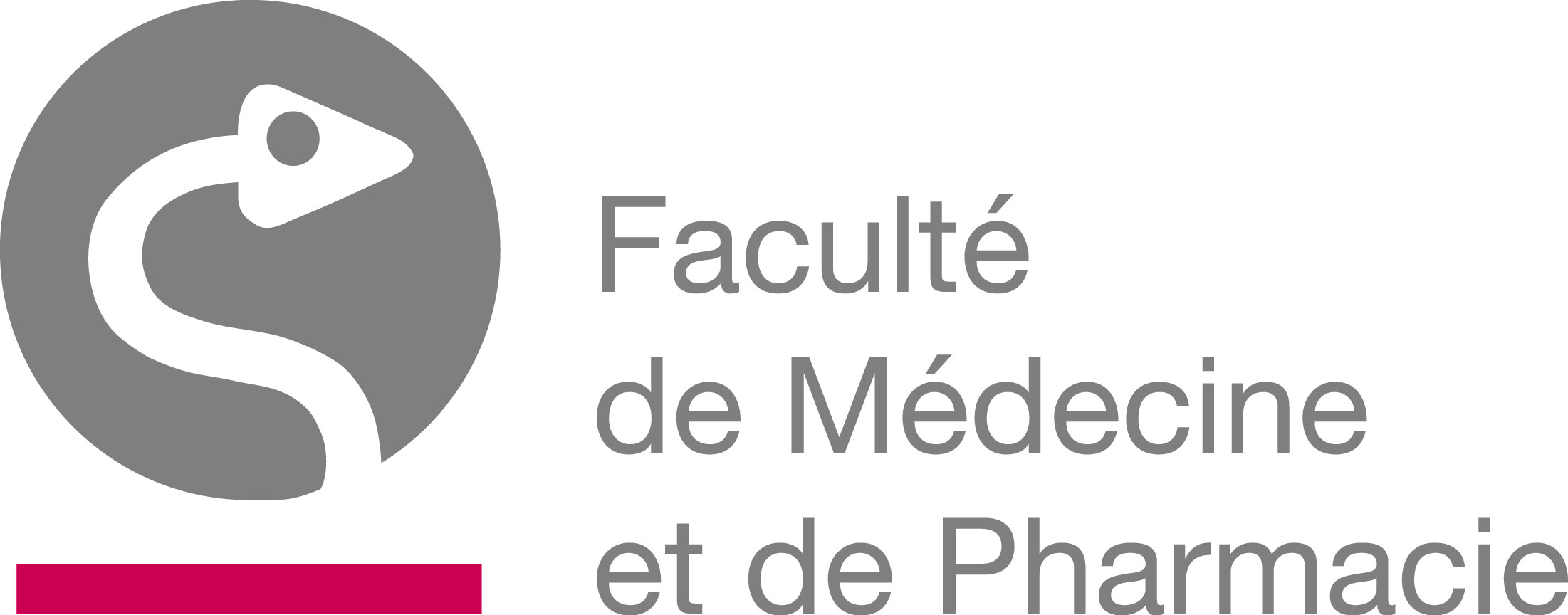 | Study programme 2022-2023 | Français | |
 | Statistiques II | ||
Programme component of Bachelor's in Medicine (MONS) (day schedule) à la Faculty of Medicine and Pharmacy |
| Code | Type | Head of UE | Department’s contact details | Teacher(s) |
|---|---|---|---|---|
| UM-B2-MEDECI-007-M | Compulsory UE | LELUBRE Christophe | M101 - FMP - Service du Doyen |
|
| Language of instruction | Language of assessment | HT(*) | HTPE(*) | HTPS(*) | HR(*) | HD(*) | Credits | Weighting | Term |
|---|---|---|---|---|---|---|---|---|---|
| Français | 15 | 15 | 0 | 0 | 0 | 2 | 2.00 | 1st term |
| AA Code | Teaching Activity (AA) | HT(*) | HTPE(*) | HTPS(*) | HR(*) | HD(*) | Term | Weighting |
|---|---|---|---|---|---|---|---|---|
| M-DOYM-046 | Statistiques II | 15 | 15 | 0 | 0 | 0 | Q1 | 100.00% |
| Programme component | ||
|---|---|---|
 | UM-B1-MEDECI-005-M Statistiques I | |
Objectives of Programme's Learning Outcomes
- Describe, organise, analyse and prioritise the phenomena observed in the medical field
- Understand the expression of biological realities in absolute or relative terms, the orders of magnitude, proportions and probability
- Understand and apply mathematical translations of large models and biological phenomena through abstract reasoning
- Understand and use different graphical representations of numerical values and their relationships
- Develop reasoning skills
- Understand and apply the basic principles of reasoning (obtaining data, analysis, synthesis, comparison, the rule of three, syllogism, analogy, Boolean logic, etc.)
- Understand and apply Bayesian inference
- Use a hypothesis in inductive, deductive or abductive reasoning
- Develop critical thinking, test and monitor conclusions understanding the domain of validity, and explore alternative hypotheses
- Integrate reasoning in clinical approaches
- Manage doubt and uncertainty
- Manage their studies
- Read, interpret, and critique a scientific article
- Be a responsible practitioner
- Base reasoning on the data taken from scientific literature (evidence-based-medicine)
Learning Outcomes of UE
At the end of this course, students will be able to :
- Understand basic principles of statistical hypothesis tests
- Understand basic tools used to assess normality of a distribution
- Compare central tendencies of two or more than two groups
- Compare proportions, use statistical tests of significance and compute odds ratios and related tools
- Analyze the relationship between quantitative variables : tests for linear correlation, linear regression analysis
- Understand basic principles of diagnostic tools used in medicine, and principles of Bayesian reasoning
UE Content: description and pedagogical relevance
Basics of statistical hypothesis test : null and alternative hypothesis; unilateral and bilateral tests; power of a test : concept and uses in medicine; number of subjects to include in a trial : basics and practical applications
Tests assessing the normality of a distribution : Shapiro-Wilk and Kolmogorov-Smirnov tests; uses and practical examples; graphical methods including QQ plots; data transformations
Comparisons of two means : uses in medicine; Z-test; Student t test; Fisher's test for comparison of two variances; Welch's test; Mann-Whitney and Wilcoxon tests; tests in case of paired samples : paired t-test and Wilcoxon paired test
Comparisons of two proportions : uses in medicine ; relative risk and odds ratio; confidence interval of an odds ratio; contingency tables; chi2 tests and related tests (Yates correction, Mc Nemar); Fisher's exact test
Comparisons of more than two sample means : uses in medicine; one-way ANOVA : basics, ANOVA table; homoscedasticity, interpretation of the results of an ANOVA test; non parametric approaches (Kruskal-Wallis and Friedman)
Linear correlation in medicine : how to compute r and its confidence interval (Fisher's transformations); tests on r; test on the slope of the linear regression
Diagnostic tests in medicine and introduction to Bayesian reasoning
Type of Teaching Activity/Activities
| AA | Type of Teaching Activity/Activities |
|---|---|
| M-DOYM-046 |
|
Mode of delivery
| AA | Mode of delivery |
|---|---|
| M-DOYM-046 |
|
Required Reading
| AA | Required Reading |
|---|---|
| M-DOYM-046 | Note de cours - Statistique II - Notions de statistique médicale - Christophe Lelubre |
Required Learning Resources/Tools
| AA | Required Learning Resources/Tools |
|---|---|
| M-DOYM-046 | Not applicable |
Recommended Learning Resources/Tools
| AA | Recommended Learning Resources/Tools |
|---|---|
| M-DOYM-046 | Not applicable |
Other Recommended Reading
| AA | Other Recommended Reading |
|---|---|
| M-DOYM-046 | * Thierry Ancelle, Statistique - Epidémiologie (4è Edition). Editions Maloine, 2017 * Jean Bouyer, Méthodes statistiques - Médecine - Biologie. Editions Vuibert, 2017 |
Grade Deferrals of AAs from one year to the next
| AA | Grade Deferrals of AAs from one year to the next |
|---|---|
| M-DOYM-046 | Authorized |
Term 1 Assessment - type
| AA | Type(s) and mode(s) of Q1 assessment |
|---|---|
| M-DOYM-046 |
|
Term 1 Assessment - comments
| AA | Term 1 Assessment - comments |
|---|---|
| M-DOYM-046 | None. |
Resit Assessment - Term 1 (B1BA1) - type
| AA | Type(s) and mode(s) of Q1 resit assessment (BAB1) |
|---|---|
| M-DOYM-046 |
|
Term 3 Assessment - type
| AA | Type(s) and mode(s) of Q3 assessment |
|---|---|
| M-DOYM-046 |
|
Term 3 Assessment - comments
| AA | Term 3 Assessment - comments |
|---|---|
| M-DOYM-046 | None. |